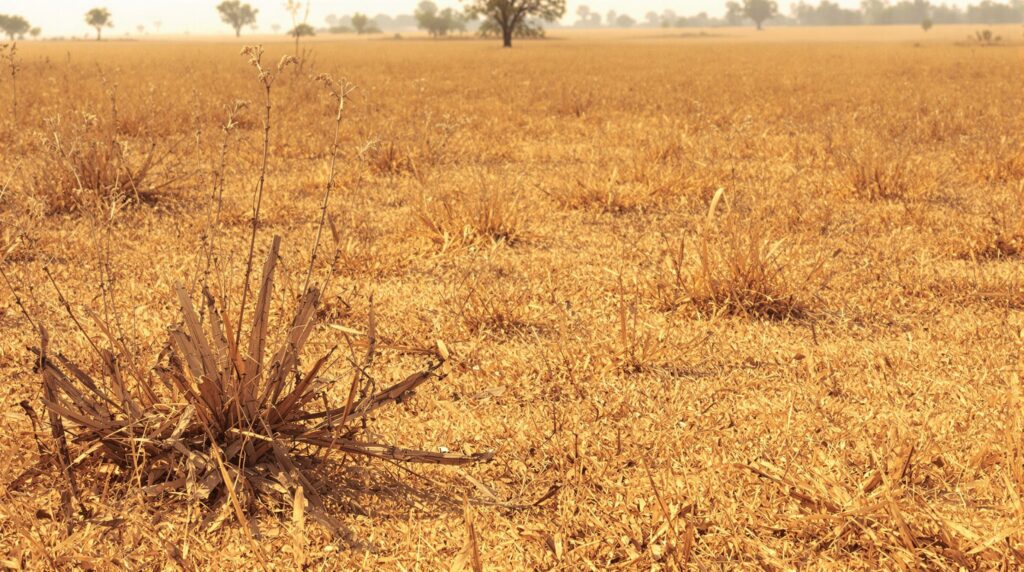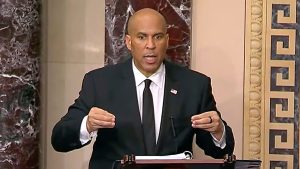The Minnesota Department of Natural Resources announced a Red Flag Warning on Friday, March 28, 2025, for Cottonwood, Jackson, Murray, Nobles, Pipestone, and Rock counties, citing extreme wildfire risk driven by strong winds and low humidity.
The National Weather Service indicated that blustery conditions could cause flames to spread rapidly, leading local officials to caution residents against starting any outdoor fires during the noon-to-8 p.m. timeframe.
According to a DNR bulletin outlining temporary steps, open burning permits for vegetative debris were suspended across these six counties while the alert remained active. Karen Harrison, DNR Wildfire Prevention Specialist, stated in that notice, “When fire risk is this high, it’s important to be careful of anything that could spark a wildfire.”
Officials underscored that residents should fully extinguish any smoldering embers before leaving outdoor fire sites unattended. They advised exploring alternatives such as chipping or composting yard waste to avoid accidental sparks.
In addition to the warning in southwestern Minnesota, separate spring burning restrictions remain in place across 15 counties in central and eastern parts of the state. Those limitations do not overlap the Red Flag Warning but are still enforced independently.
State leaders noted that the region’s winter had been unusually dry, exacerbating the likelihood of uncontained fires. They urged the public to remain vigilant, even once the official warning ended.
Text-based notifications play a major role in keeping residents informed of changing fire conditions. Anyone wishing to receive daily fire danger updates can send the word “FIRE” to 66468 for direct alerts.
Campground operators often implement proactive strategies to reduce wildfire risks during such advisories. One approach involves creating designated fire-safe zones or firebreaks around campsites where vegetation or other flammable materials have been cleared.
Staff training can also be crucial, ensuring that on-site teams know how to activate rapid-response measures. Notices reminding guests of local fire rules can reinforce safer practices and reduce the chance of destructive flare-ups.
Real-time communication is another vital component during Red Flag Warnings. Some facilities employ text alert systems or mobile apps to promptly notify visitors of sudden changes in wind speed or humidity levels.
Temporary measures can include asking campers to use propane cookers or electric grills instead of open flames. At check-in, employees may remind newcomers about any current restrictions on open fires or smoking.
Even after the designated Red Flag Warning window has passed, officials ask the public to stay cautious. Conditions can evolve swiftly, and small sparks still pose a serious threat in areas where winds remain gusty and vegetation is dry.
Campground best practices often involve creating robust fire-safe zones and ensuring staff members can respond quickly. Well-placed signage and real-time text notifications can keep guests apprised of changing conditions and reduce accidental ignitions. Encouraging the use of propane stoves during high-risk periods supports efforts to curb wildfire outbreaks under windy, low-humidity conditions.








